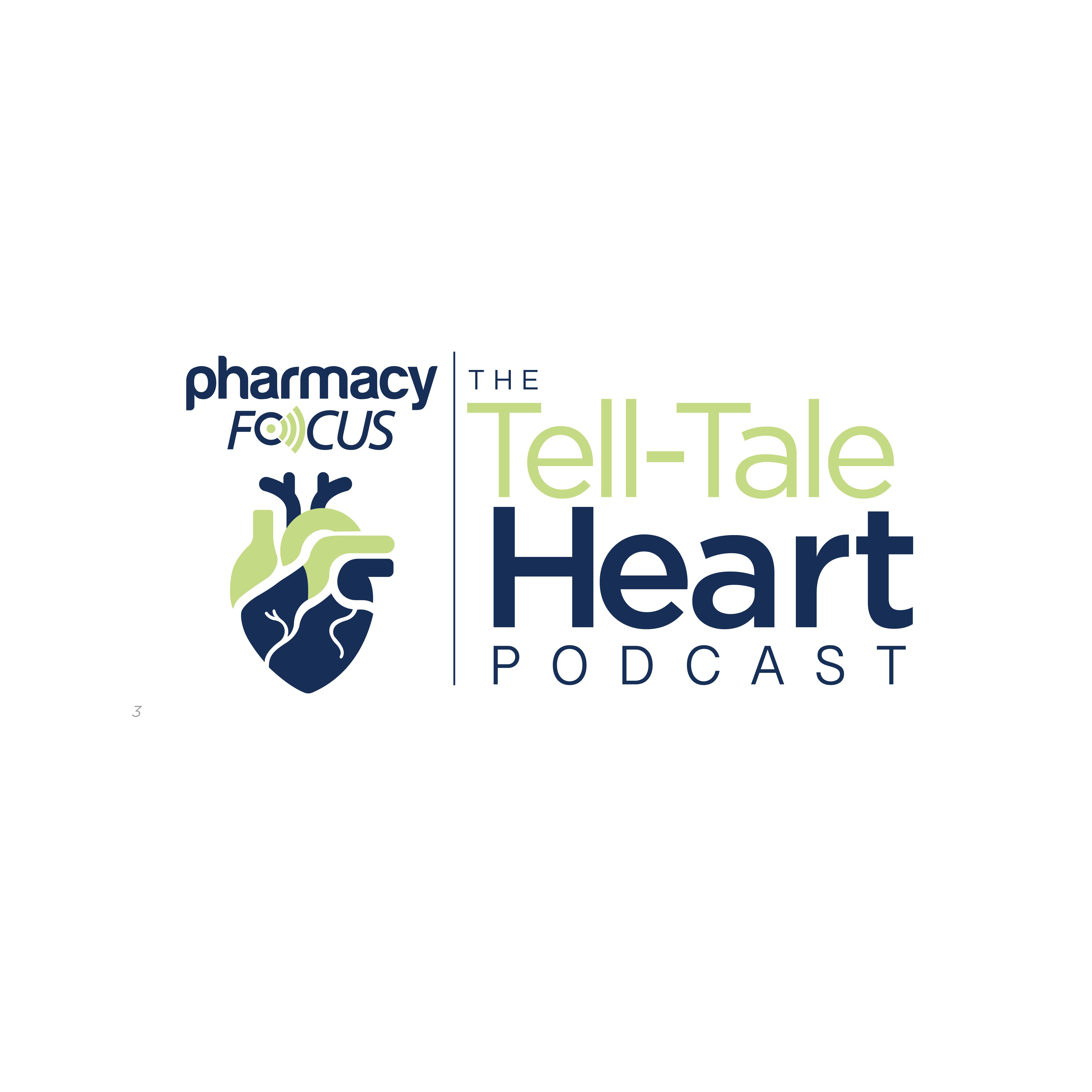Commentary
Article
NLA 2025: Supporting Whole-Food Dietary Patterns vs Macronutrient Composition for Lipid Management
Alice H. Lichtenstein, DSc, emphasizes the importance of whole-food dietary patterns over macronutrient percentages for improving lipid profiles and cardiovascular health.
At the 2025 National Lipid Association (NLA) Scientific Sessions, Alice H. Lichtenstein, DSc, a senior scientist and leader of the Diet & Chronic Disease Prevention Directive at the JM USDA Human Nutrition Research Center on Aging at Tufts University, shared her expertise on how dietary patterns and macronutrient composition impact lipid profiles and cardiovascular disease risk.
Alice H. Lichtenstein, DSc, is a senior scientist and leader of the Diet & Chronic Disease Prevention Directive at the JM USDA Human Nutrition Research Center on Aging at Tufts University and a Gershoff professor of nutrition science and policy at the Friedman School at Tufts University in Boston, Massachusetts.

In this interview with Pharmacy Times®, Lichtenstein discusses the limitations of focusing solely on macronutrient percentages, the importance of dietary quality over quantity, and the need to emphasize whole-food–based dietary patterns when counseling patients on lipid management. Lichtenstein also offers insights into the interplay between dietary fats, fiber, and lipid metabolism and highlights the essential role of pharmacists in guiding patients toward sustainable, heart-healthy eating habits.
Pharmacy Times: How does the macronutrient composition of a patient’s diet—particularly fat and carbohydrate intake—affect lipid profiles and cardiovascular risk markers?
Alice H. Lichtenstein, DSc: There are no specific dietary macronutrient profiles, except extreme patterns, I am aware of that are associated with cardiovascular disease (CVD) risk factors. The exception would be something like a very low-carb diet, which is associated with elevated triglyceride levels.
In addition, just focusing on dietary macronutrient profiles ignores the importance of macronutrient quality, such as saturated vs unsaturated fatty acids, complex vs simple carbohydrates, or complete vs incomplete proteins. I think it is much better to focus on food-based dietary patterns, rich in whole grains, fruits and vegetables, fish, low and nonfat dairy products, legumes and nuts, and—if meat is desired—lean cuts and unprocessed, as well as dietary patterns low in added sugar and salt.
Pharmacy Times: Are there specific dietary patterns or macronutrient distributions that show stronger associations with improvements in lipoprotein(a) levels, remnant cholesterol, or small dense low-density lipoprotein (LDL) particles?
Lichtenstein: There is ample evidence that dietary patterns with higher unsaturated to saturated fat ratios result in lower LDL-C levels and lower CVD risk.
Pharmacy Times: How does dietary fiber intake interact with lipid metabolism, and what is the role of fiber-focused interventions in conjunction with pharmacologic lipid-lowering therapy?
Fruits, vegetables, nuts, and legumes. Image Credit: © Kultivad - stock.adobe.com

Lichtenstein: Dietary fiber (contained in unrefined grains, fruits, and vegetables) and legumes and nuts tends to slow glucose absorption, minimizing blood glucose spikes. Fiber also modifies the gut microbiota toward producing short chain fatty acids and maintaining gut integrity, which are both beneficial. Otherwise, fiber keeps things moving through the gastrointestinal system to avoid constipation.
Pharmacy Times: What patient-specific factors (eg, genetics, comorbidities, metabolic status) should pharmacists consider when counseling on dietary fat intake for lipid management?
Lichtenstein: There are clear benefits for recommending that dietary fat come primarily from plant rather than animal sources. Patients would also be well advised to include fish in their diets and favor unprocessed rather than processed meat.
Pharmacy Times: Are there any key research gaps regarding dietary macronutrient profiles and lipid management that pharmacists should be aware of when advising patients?
Lichtenstein: Focus on dietary patterns rather than macronutrient profiles. Talk about foods to include (eg, plant forward diet), and not percent of fat, carbohydrates, and protein, which is nearly impossible to accurately calculate.
Newsletter
Stay informed on drug updates, treatment guidelines, and pharmacy practice trends—subscribe to Pharmacy Times for weekly clinical insights.






